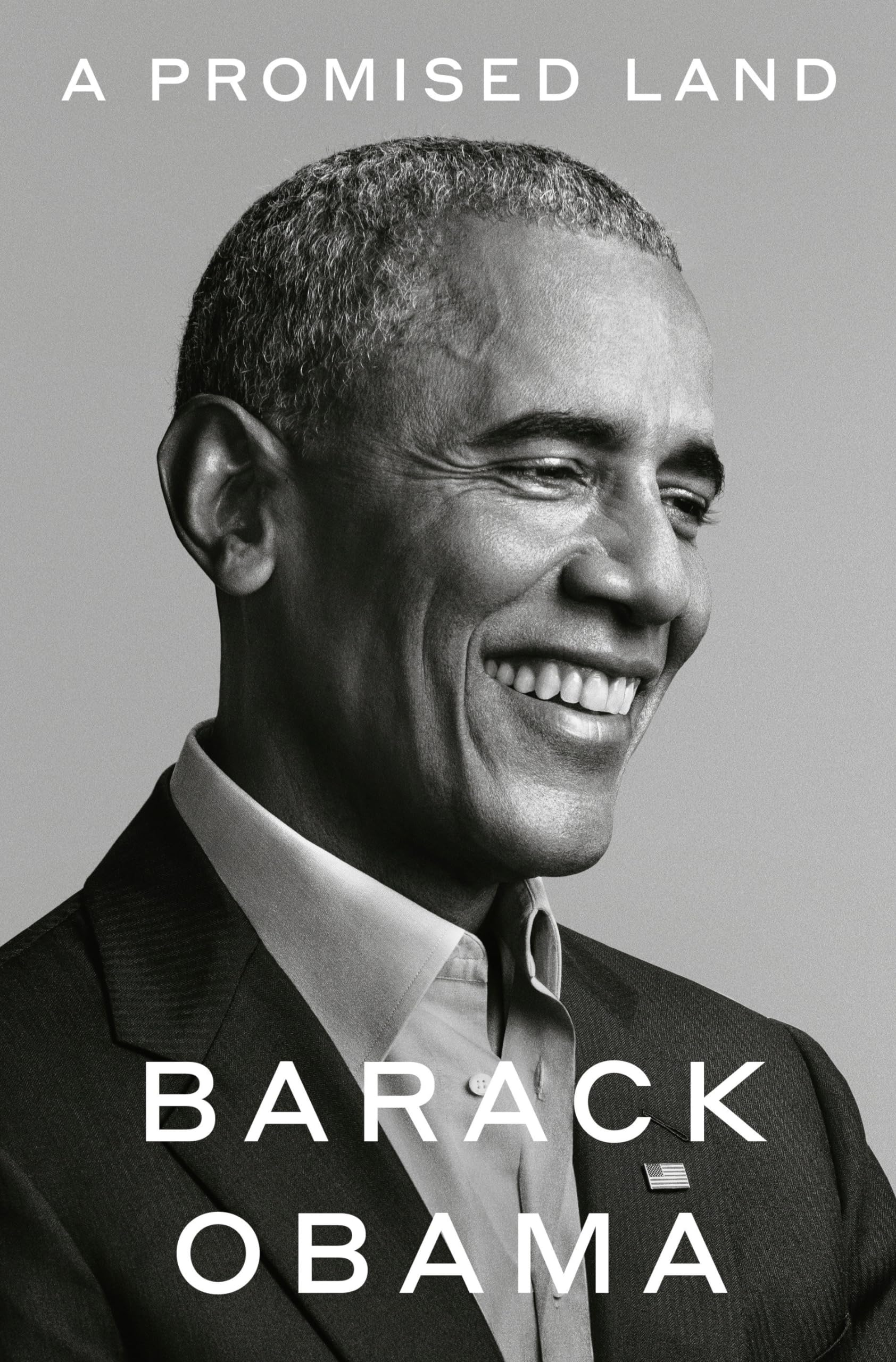CHAPTER 17: The Battle for Healthcare Reform
byOne of the most vocal critics, Senator Jim DeMint, framed the fight against the bill as a defining battle, arguing that its failure could cripple Obama’s presidency. Conservative think tanks and right-wing media amplified this perspective, warning that healthcare reform would increase taxes, expand government control, and disrupt existing healthcare plans. To counter this, the administration worked to engage moderate Republicans such as Chuck Grassley and Olympia Snowe, hoping to garner at least some bipartisan support. However, despite extensive negotiations and significant concessions, the White House faced an uphill battle, as many Republican lawmakers remained committed to blocking the bill rather than negotiating in good faith. Within the Democratic Party itself, tensions ran high, as progressive members pushed for faster action and stronger reforms, while centrists advocated for compromise and gradual changes.
With Congress entering recess, President Obama shifted his focus toward direct public engagement, recognizing that winning over the American people was essential to overcoming opposition in Washington. The administration arranged a series of town hall meetings, where the president aimed to explain the bill’s benefits, address public concerns, and counter misinformation. However, August 2009 quickly became known as the “Tea Party summer,” as conservative activists mobilized in large numbers to disrupt town hall events. Protesters, often fueled by exaggerated claims from right-wing media outlets, voiced fears that the reform would lead to “death panels,” government rationing of healthcare, and unsustainable costs. These highly publicized confrontations dominated the news cycle, shifting the focus away from the substance of the bill and onto the intensity of the opposition.
The organized resistance against healthcare reform demonstrated the deep political and ideological divides within the country. Conservative organizations and corporate-backed interest groups launched multi-million-dollar ad campaigns, warning that government intervention would stifle innovation and drive up healthcare costs. Misinformation spread rapidly, with false claims about government-mandated euthanasia and healthcare rationing gaining traction among certain voter demographics. The White House and its allies worked diligently to counteract these narratives, but shifting public perception proved challenging in the face of coordinated opposition and media distortions.
Despite these challenges, President Obama and his team remained steadfast, believing that healthcare reform was essential for the nation’s long-term well-being. For decades, rising healthcare costs and insurance industry abuses had placed a heavy burden on working families, small businesses, and the economy as a whole. Expanding coverage, eliminating pre-existing condition restrictions, and making healthcare more affordable were cornerstone promises of Obama’s presidency. As a result, he and his advisors refused to abandon the fight, even as political tensions escalated.
The process of pushing the bill through Congress revealed the complexities of policymaking in a deeply polarized environment. Behind closed doors, Democratic lawmakers negotiated intensely, seeking to strike a balance between progressive goals and centrist concerns. The debate extended beyond partisan lines, influencing healthcare industry stakeholders, advocacy groups, and economic analysts who all had a vested interest in the outcome. Every decision—from the inclusion of a public option to the role of private insurers—became a point of contention, requiring delicate compromise and strategic maneuvering.
By the time summer drew to a close, it was clear that healthcare reform would be a defining moment for the Obama administration. The stakes extended beyond just policy—the bill’s success or failure would shape public confidence in the president’s ability to lead and deliver on his promises. The battle over healthcare reform had evolved into a broader ideological conflict over the role of government, economic policy, and social welfare. Despite the opposition, setbacks, and intense political theater, Obama and his team remained resolute, determined to see the legislation through to completion.
Ultimately, Chapter 18 provides a behind-the-scenes look at the fierce political struggle surrounding healthcare reform. It showcases the challenges of navigating Washington’s power dynamics, the role of public opinion in shaping policy debates, and the determination required to push forward major reforms in the face of relentless opposition. The fight for comprehensive healthcare reform was far from over, but the administration remained committed to seeing it through, knowing that its impact would shape the future of American healthcare for generations to come.

